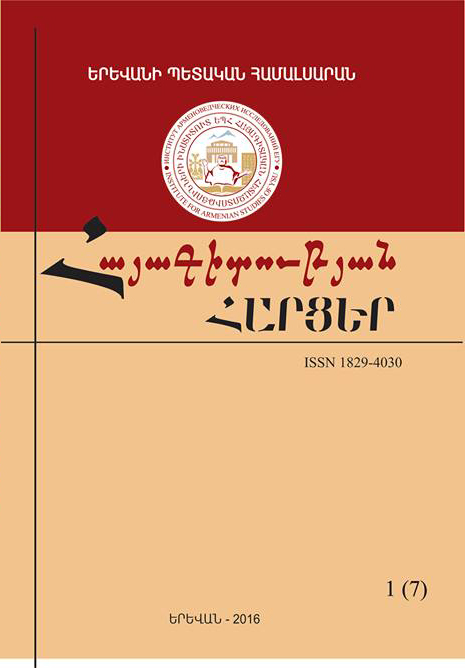Ժողովրդագրական գործընթացների միտումները և առանձնահատկությունները Հայաստանում XVII դարի առաջին կեսին
Abstract
The Ottoman-Persian wars in the first half of the 17th century had a negative impact on the demographic processes in Armenia. The Armenian population faced massive deportations by fighting sides, and as a result of ongoing wars famine and plague were among the main reasons for high mortality. Despite the high mortality rate, the fertility rate was high, too. Based on the data from the Armenian manuscripts, we concluded that the average number of members of an Armenian family (counting only spouses and their children) in the first half of the 17th century was 7, and the average number of people living in a house – at least 10. These calculations lead us to a conclusion that after massive deportations (for example, in 1604) the need of cultivating vast agricultural territories helped to have much higher fertility rate, and the native population could reach the previous figures in a short period of time.

